Proximity sensors are widely used in a variety of automated production lines, mechatronics equipment, and often appear on the purchase list, so what types of proximity sensors are available?
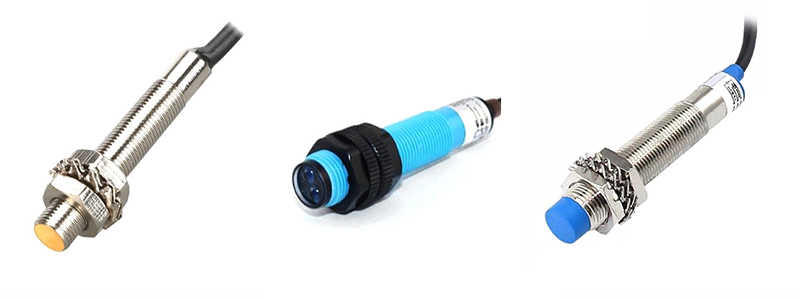
Proximity sensors are widely used in a variety of automated production lines, mechatronics equipment, and often appear on the purchase list, so what types of proximity sensors are available?

Air compressor motors are electrical devices that convert electrical current into mechanical rotational energy, or torque, by using alternating current from an electrical power grid or electrical generator. General-purpose air compressor motors, also known as induction motors, are electric motors that use a rotating magnetic field to generate torque for powering conveyors and machine tools.
The gear motor is a widely used reduction drive equipment, and the drive structure is assembled by a drive motor and a gear box, also known as a "reducer". There are many types of drive motors. DC motors, brushed motors, brushless motors, stepper motors, coreless motors, and servo motors can all be used as drive motors. The gearbox can adopt planetary gearboxes, cylindrical gearboxes, parallel gearboxes, worm gearboxes, screw gearboxes, and so on. Depending on the different drive motors, it can be divided into DC gear motors, stepping geared motors, brushed gear motors, brushless gear motors, hollow cup geared motors. It also can be divided into planetary gear motor, gear reducer, worm gear motor, parallel gear reducer, screw gear reducer according to the structure of the gearbox. Reducer motors with different structures have different application characteristics.
A linear servo motor is a direct drive solution where the load is directly connected to the moving portion of the motor. Direct drive linear motors are available in a variety of configurations (iron core, U-channel, tubular) but ultimately work the same. Linear motors operate with an AC power supply and servo controller, which are often the same as those used for rotary servo motors. The linear motor primary part is connected to the power supply to produce a magnet field. By changing the current phase in the coils, the polarity of each coil is changed.
Electroplating is an electrolytic process. It goes without saying that the performance, type and characteristics of the power supply will certainly have an important impact on the electroplating process. Especially in today's rapid development of modern plating technology, electroplating power supply has a more important position. Therefore, it is necessary to understand the influence of the electroplating power supply on the plating process.

DC cooling fan is an important cooling device for modern industrial machinery, which is widely used in machinery cooling because of its good cooling effect, long service life, simple structure, easy installation and many other features, can also be used in automobiles, power supplies and household equipment. Brushless DC cooling fans have the characteristics of low noise, stable operation and longer service life. You can choose from a variety of sizes and speeds.
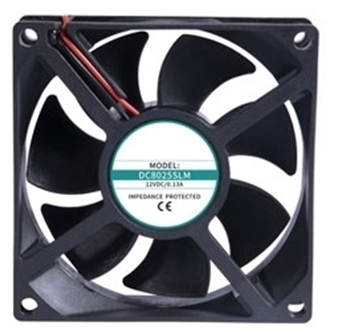
With the popularization of voltage stabilizers, the development from large industrial voltage stabilizers to the current compact household voltage stabilizers has made people sigh that the level of technology has changed so rapidly. At the same time, many people have such questions. Is it really necessary to buy a domestic voltage stabilizer? ATO.com will answer for you.
In terms of usage, the servo motor is mainly responsible for the feed of the machine tool, making the workpiece move to the tool or the tool move to the workpiece, mainly to realize the work of cutting, with higher requirements for torque and control accuracy; while the spindle motor is mainly responsible for driving the spindle of the machine tool, driving the workpiece or the tool head to rotate, with higher requirements for constant power characteristic output to meet the sufficient torque output capability at different speeds. Therefore, when designing, these two motors will make targeted parameter optimization according to their application requirements respectively.
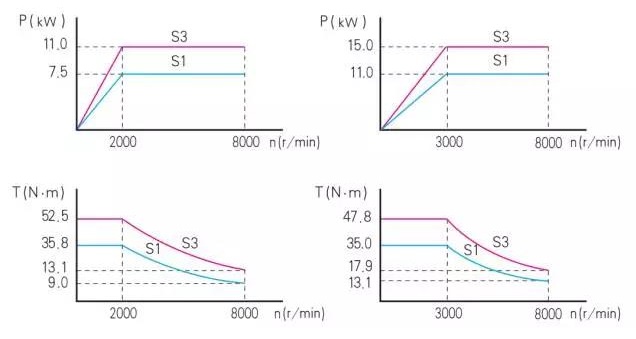
Spindle motor, also called high speed motor, refers to the AC motor with more than 10000 rpm. Mainly used in wood, aluminum, stone, hardware, glass, PVC and other industries, it has the advantages of fast speed, small size, light weight, low material consumption, low noise, low vibration, etc.
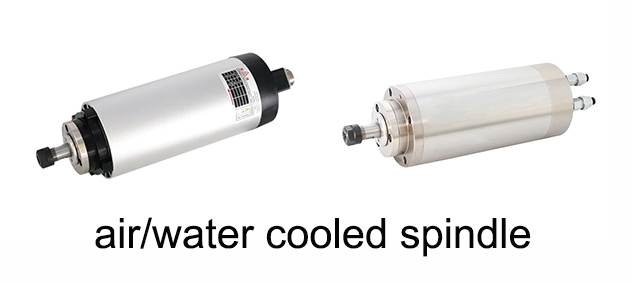
The spindle motor is a key component of any CNC machine. Operators use it to drill, engrave, cut, and perform other such operations on materials at high speeds, and it is used in a wide variety of industries. A good spindle will ensure that the CNC machine runs efficiently and produces high-quality workpieces for you.
Speed control is generally achieved by inverters, servo motors to do speed control, is generally used for rapid acceleration and deceleration or speed precision control occasions, because relative to the inverter, servo motors can reach thousands of revolutions within a few millimeters, because the servo is closed-loop, the speed is very stable. Torque control is mainly to control the output torque of the servo motor, again because of the fast response of the servo motor. Application of the above two kinds of control, you can treat the servo drive as a frequency converter, generally with analog control.
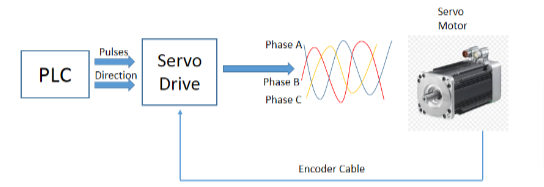
In industrial applications such as automation technology, servo motor is the most commonly used high-tech equipment. Servo motor can control speed and position accuracy, also can convert voltage signals into torque and speed to drive control objects. Servo motor is divided into AC servo and DC servo two categories.
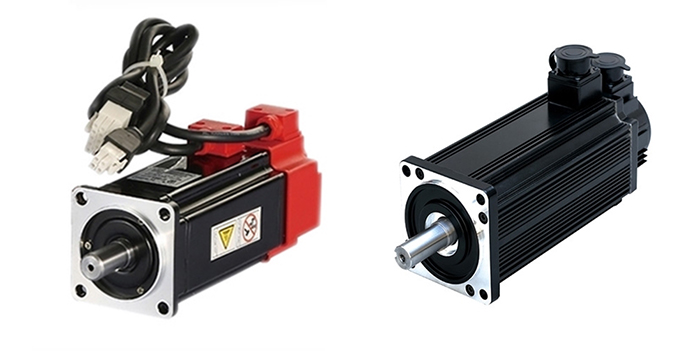
Laser distance sensor is a kind of sensor which uses laser technology to measure the distance. It is generally composed of laser, optical parts and photoelectric devices. It can convert the measured physical distance into optical signals, and then use photoelectric converter to convert the optical signals into electrical signals. Through the filtering, amplification and rectification of corresponding circuits, the output signals can be obtained, so as to calculate the measured quantity.
In the servo system, the engine that controls the operation of mechanical components is called servo motor, which is a kind of subsidized motor indirect variable speed device that can control the speed, so that the position of the object and the orientation, state and other output controlled quantities can follow the input target (or a given value) of any change, and the position accuracy of the servo motor is very high, and it can convert the voltage signal into torque and speed to drive the control object, but how does a servo motor control work?
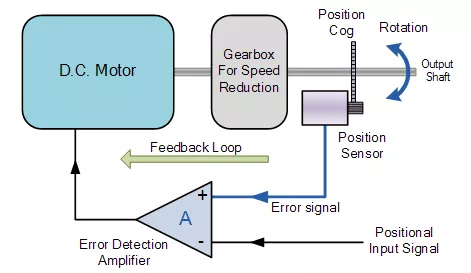
No matter what kind of servo motor, use for a long time, will produce some small problems, then today we bring you six common motor failure performances. When the servo motor has small problems, not only to detect promptly, but also to find the cause of these failures, we can prescribe the right medicine to repair the servo motor.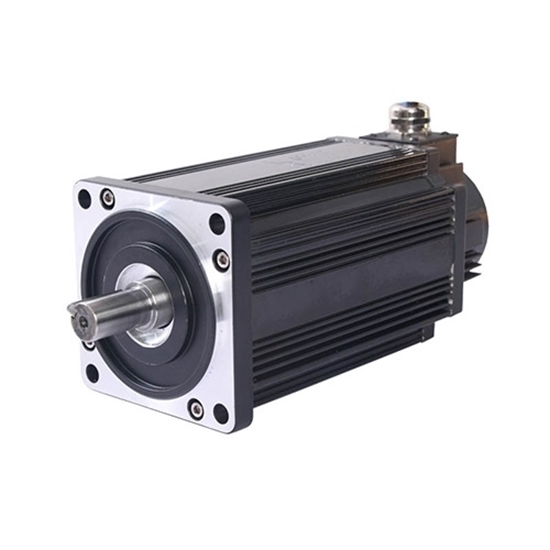
Servo motor is an independent electrical device, which can rotate each part of the machine with high efficiency and precision. The output shaft of this motor can be moved to a specific angle, position, and velocity that a normal motor does not have. Servo motor adopts conventional motor and its position feedback with the sensor. Before using the servo motor, you need to know how to use it to better play its role.
If the cable drag chain cable is stretched by tension during wiring, it will friction with the inner wall of the drag chain and cause the sheath to wear. On the contrary, if the wiring is too loose, it will also cause friction with the inner wall of the drag chain, causing the sheath to wear, and it will easily be entangled with other cables. The wiring length of the drag chain cable should be set to just pass the center line of the drag chain. In addition, if the moving part of the drag chain cable is fixed, the bending stress will not be dispersed and absorbed. The fixed part of the cable should be set at both ends of the drag chain.
First of all, in terms of flexibility, drag chains are more flexible than ordinary cables. Although the monofilament diameter of the drag chain cable conductor is small, in order to protect the conductor, an insulating material with resistance to mechanical fatigue and a certain strength must be selected. The requirements of tensile resistance, bending resistance, strong wear resistance, anti-blocking, and high toughness also determine that the protective cover material should also have a certain degree of hardness. Therefore, the flexibility of the drag chain is high flexibility, not high flexibility.
Impact wrench principle can be said to be "accomplish a great task with little effort by clever maneuvers", so it is commonly recognized and used in large-scale assembly and maintenance. However, impact wrenches are tools after all, and after long working hours or regular use, they will be damaged to different degrees, which requires us to have professional knowledge of repair and maintenance of wrenches.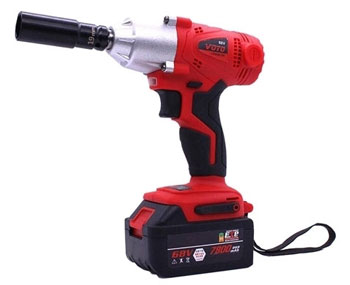
A variable speed motor is a motor that has a variable frequency drive or similar technology installed to control motor speed and torque, by placing these key factors of motor performance under the control of the operator, variable speed motors offer a means for products and production facilities to greatly reduce the amount of energy being consumed by the motors in their devices. Unlike single-speed motors that run at full capacity and then cycle off, a variable-speed motor can operate at high speeds, low speeds or anywhere in between, ramping up and down like a dimmer switch. Variable speed motors are widely used in places that require energy-saving continuous operation and frequent work, such as fans, air compressors, injection molding machines, reducers, water pumps, vacuum pumps, etc.